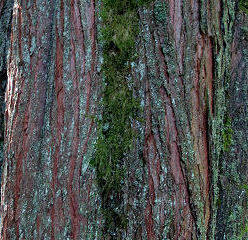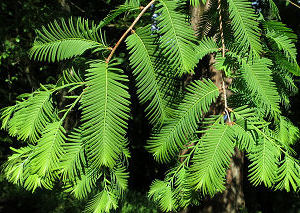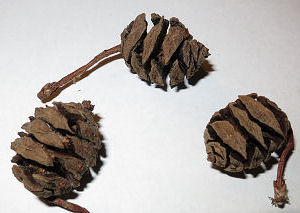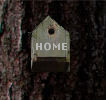|

Metasequoia at Hoyt Arboretum
|
The dawn redwood is a popular
ornamental, especially distinctive in the fall when the deciduous
needles turn golden-brown.
After this display, the branchlets with attached needles fall to the
ground.
Where
it grows: Millions of years ago, Metasequoia trees thrived
throughout much of the northern hemisphere, including the Pacific
Northwest. Fossils of the tree are
common in central Oregon, near Fossil, Mitchell, and the Painted Hills.
In 1941, similar fossils found in Japan were classified as Metasequoia. Of course, the Metasequoia was thought to be
extinct. However, in 1943, living specimens were found in central
China. In 1946 these specimens were identified
as the same genus as the Metasequoia
fossils and classified as Metasequoia
glyptostroboides. Seeds from
China arrived in the US in 1948 and were distributed throughout the
country.
Now the Dawn Redwood is a popular tree in cities and parks all across
the country.
Given its fossil history and the rediscovery of living trees,
the dawn redwood has been described as a "living fossil." Oregon
designated the Metasequoia as
the state fossil in 2005.
Dawn redwood at Hoyt Arboretum
Names: The dawn redwood is commonly
called Metasequoia, which
identifies the tree, since it is the only living
species in
its genus. Meta
means
"like," indicating that the tree is like the Sequoia. The dawn redwood was at
first identified as a Chinese swamp cypress (Glyptostrobus pensilis). The
species name, glyptostroboides,
alludes to this early classification.

|


Fall foliage

Cones
|





